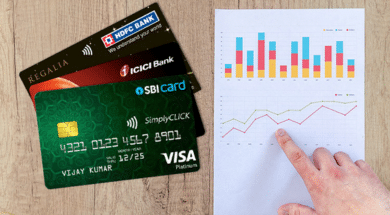A statement balance on a credit card refers to the total amount of charges, fees, and interest that a cardholder owes to the credit card company at the end of a billing cycle. It is the balance that appears on the monthly billing statement that the credit card company sends to the cardholder. The statement balance is an essential aspect of managing credit card debt, as it determines the minimum payment required and the interest that will accrue if the balance is not paid in full by the due date. Understanding the statement balance can help cardholders make informed decisions about their credit card usage, avoid late fees and interest charges, and maintain good credit standing.

Key points to understand about statement balances on credit cards:
1. Billing Cycle:
Credit card companies set billing cycles that typically last for 30 days. During this period, cardholders can make purchases, cash advances, balance transfers, or other transactions that accrue charges and fees. At the end of the billing cycle, the credit card company generates a monthly billing statement that shows the cardholder’s statement balance.
2. Payment Due Date:
The monthly billing statement also specifies a payment due date, which is typically about three weeks after the billing cycle ends. Cardholders must pay at least the minimum payment due by the due date to avoid late fees and negative impacts on their credit score.
3. Statement Balance Calculation:
The statement balance is calculated by adding up all the charges, fees, and interest accrued during the billing cycle. It may include purchases, cash advances, balance transfers, annual fees, finance charges, and other transaction fees.
4. Minimum Payment:
The minimum payment required is usually a small percentage of the statement balance, typically around 2-3%. It is the smallest amount that a cardholder must pay by the due date to avoid late fees and negative impacts on their credit score. However, paying only the minimum payment can result in high-interest charges and a longer time to pay off the debt.
5. Paying the Statement Balance:
Paying the statement balance in full by the due date is the best way to avoid interest charges and maintain good credit standing. It means that the cardholder is paying off all the charges and fees accrued during the billing cycle and starting the next cycle with a zero balance. This can also help cardholders avoid getting into credit card debt.
Bottom line:
The statement balance on a credit card is the total amount of charges, fees, and interest that a cardholder owes to the credit card company at the end of a billing cycle. It is the balance that appears on the monthly billing statement, and it is crucial for managing credit card debt. Cardholders need to pay at least the minimum payment by the due date to avoid late fees and interest charges, and ideally, pay the statement balance in full to avoid accumulating debt and maintain good credit standing. Understanding the statement balance is essential for making informed decisions about credit card usage and staying on top of one’s finances.




